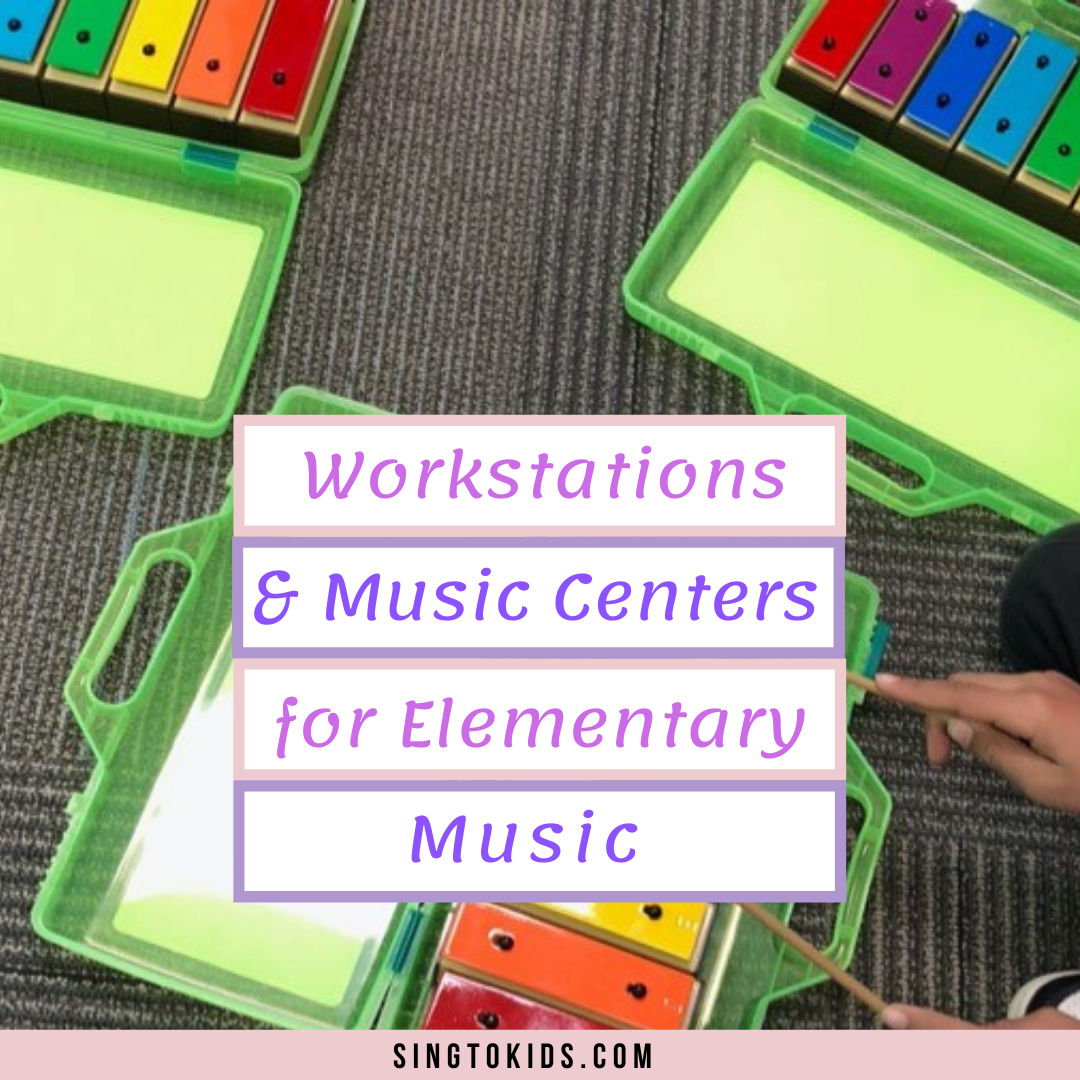
Music Centers are quite popular in music education right now, and rightfully so! I’ve been using music centers for over 20 years in my classroom and find them to be an important aspect of my overall instruction. Music centers are a great way to see how students synthesize instruction, make meaning from instruction, and work to their strengths or challenges.
I recently sat in on a session by Aimee Pfitzner at the Ohio Music Educator Association Conference. She made a great distinction about music centers that I had not considered before. She said if you expect every child to experience every station in your classroom – then you are setting up music workstations. If your students have choice about what they choose to do in your classroom – then you are setting up music centers. When I begin this journey with my students each year, I set up workstations and have students rotate through each station so they can experience the variety of activities I have set up for them. As they become more comfortable with the process and expectations, then I move to a music centers type of set-up, where students have autonomy to interact with the music content as they feel necessary. The same is true depending on the grade level content. If my students are working on recorders or notation, then I set up workstations, to ensure every one has explored the content set up in each station.
Setting Up Your Classroom for Success
So much of what you will do will depend on the space available to you in your classroom. No matter how small or large your room, there are things you can do to have a successful music workstation/centers day. I tend to set up 5-6 stations for one class. I have large classes and more stations equal smaller groups. You’ll have to decide what is best for your setting. I like to use hula hoops to provide parameter around each station. The materials are contained within the hula hoops and students stay near that station. At the end of the rotation, students make sure materials are organized within the hula hoop for the next group to use.
Setting Up Students for Success
When I am preparing to do music workstations for the first time, I always group students in small groups of 4-6 students (depending on class size). I ensure there is a balance in leadership and behavior in each group to help minimize the off-task behaviors. As my students enter the room, I walk them through each workstation and show them exactly what is expected at each. I give each student a colored wrist band and assign each group to a workstation. The colored wristband gives a visual to the group members (and me) to stay together. I use a classroom timer to ensure each group gets ample time at each workstation.
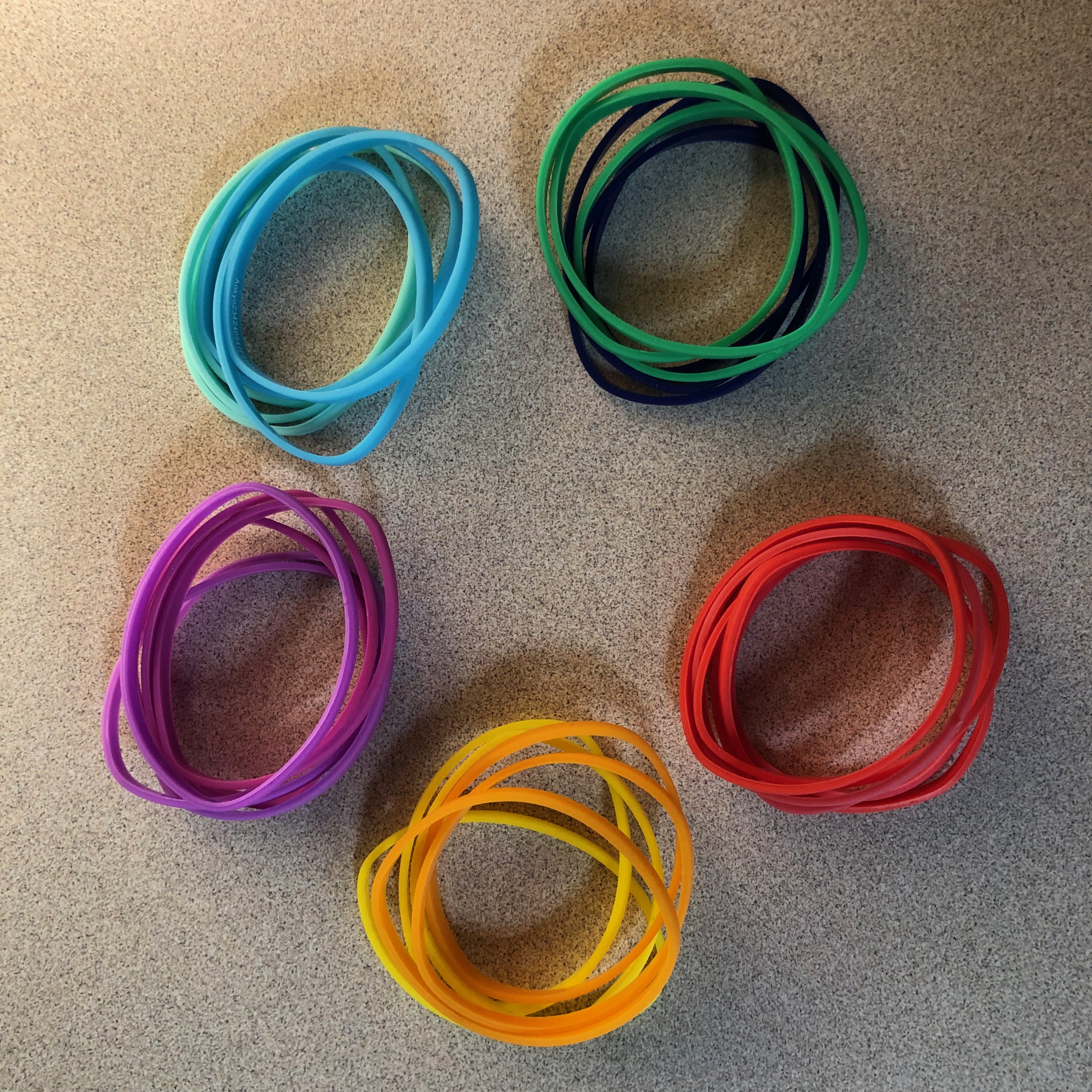
Choosing Stations to Support Student Learning
Choosing stations to support student learning can be a bit overwhelming. I always try to incorporate activities that support the types of content and skills we are working on in classroom instruction. For younger students, I always have an element of musical play or exploration. For older students, working on notation and instruments are easy ways to support the classroom learning. Here are some of my favorite music workstations.
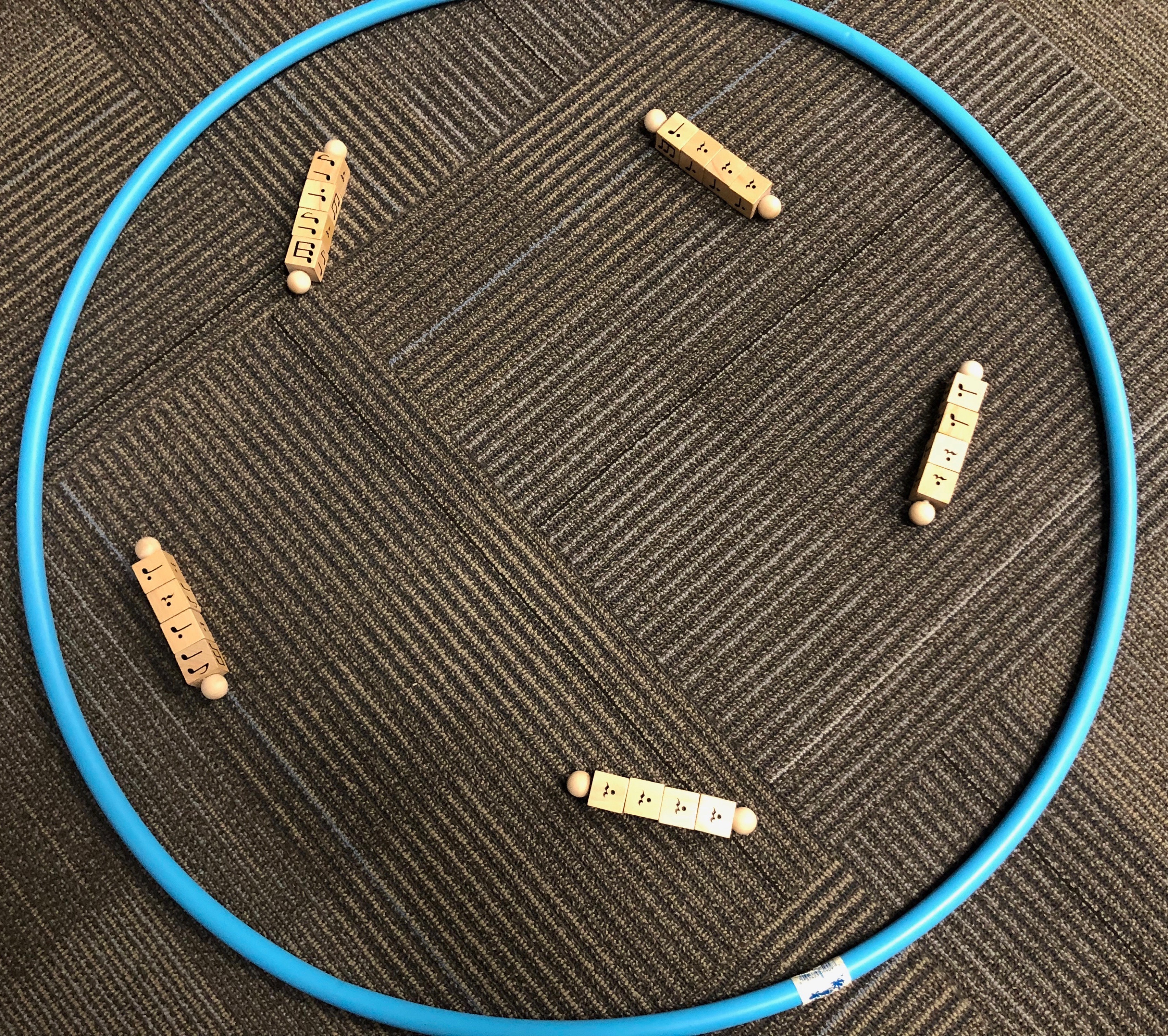
Rhythm Blocks
If you’ve not heard of Rhythm Blocks, you don’t know what you’re missing! These are AMAZING! My friend, Kelly Parish, has an Etsy store called RhythmicallyYours. You can purchase classroom sets of Rhythm Blocks with different rhythmic durations/notation. They’re great for rhythmic dictation, rhythmic creativity and improvisation! My students LOVE using them!
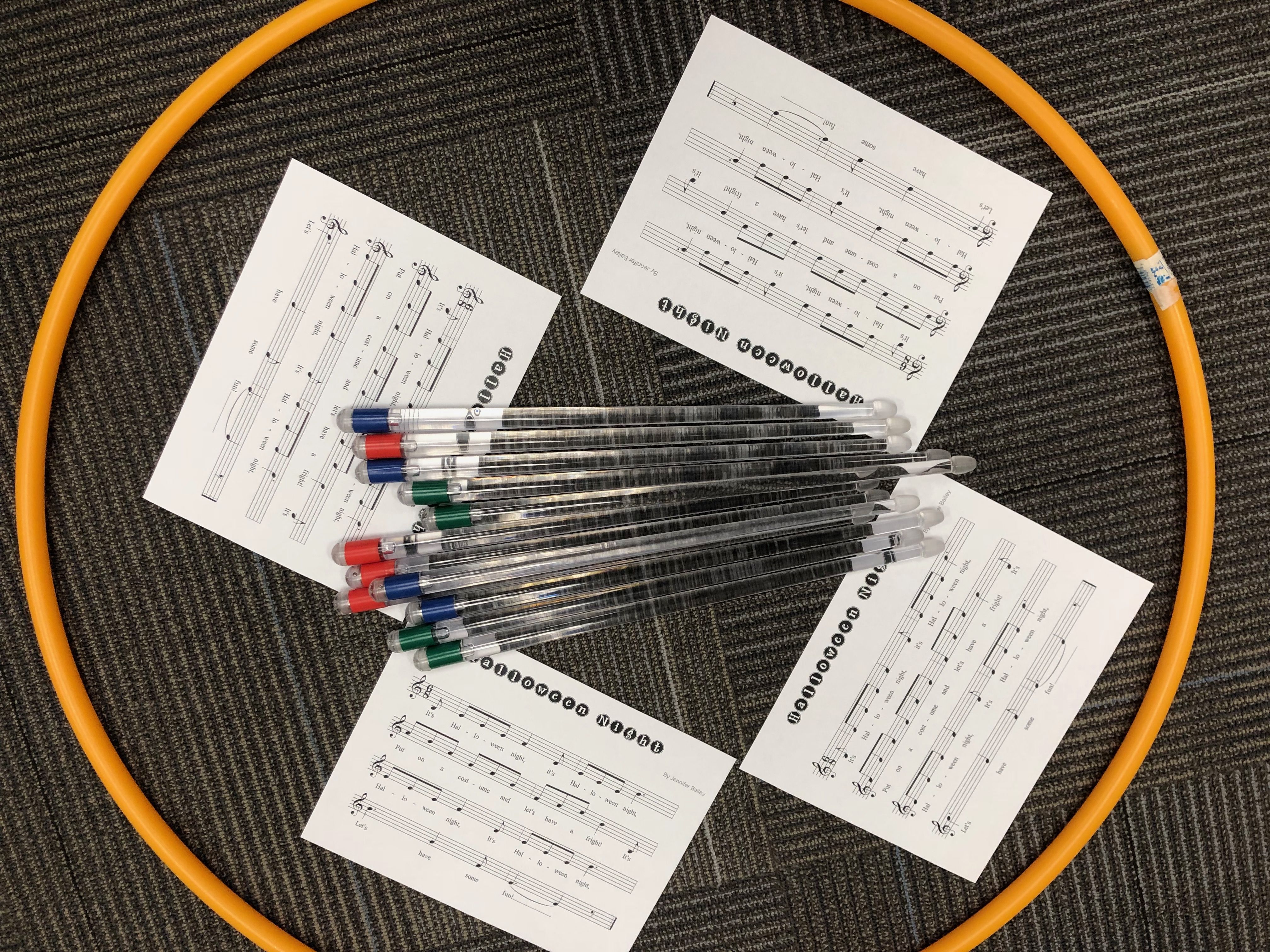
Steady Beat Stations
Are your kids working on steady beat? (Be honest, all of our students are!) I leave notation of a song we’ve sung in music class along with FIrestix – light up drum sticks! I could easily use rhythm sticks, but the Firestix give it a little bit more spice! My kids love trying all the different ways to keep a steady beat AND light up their drumsticks!
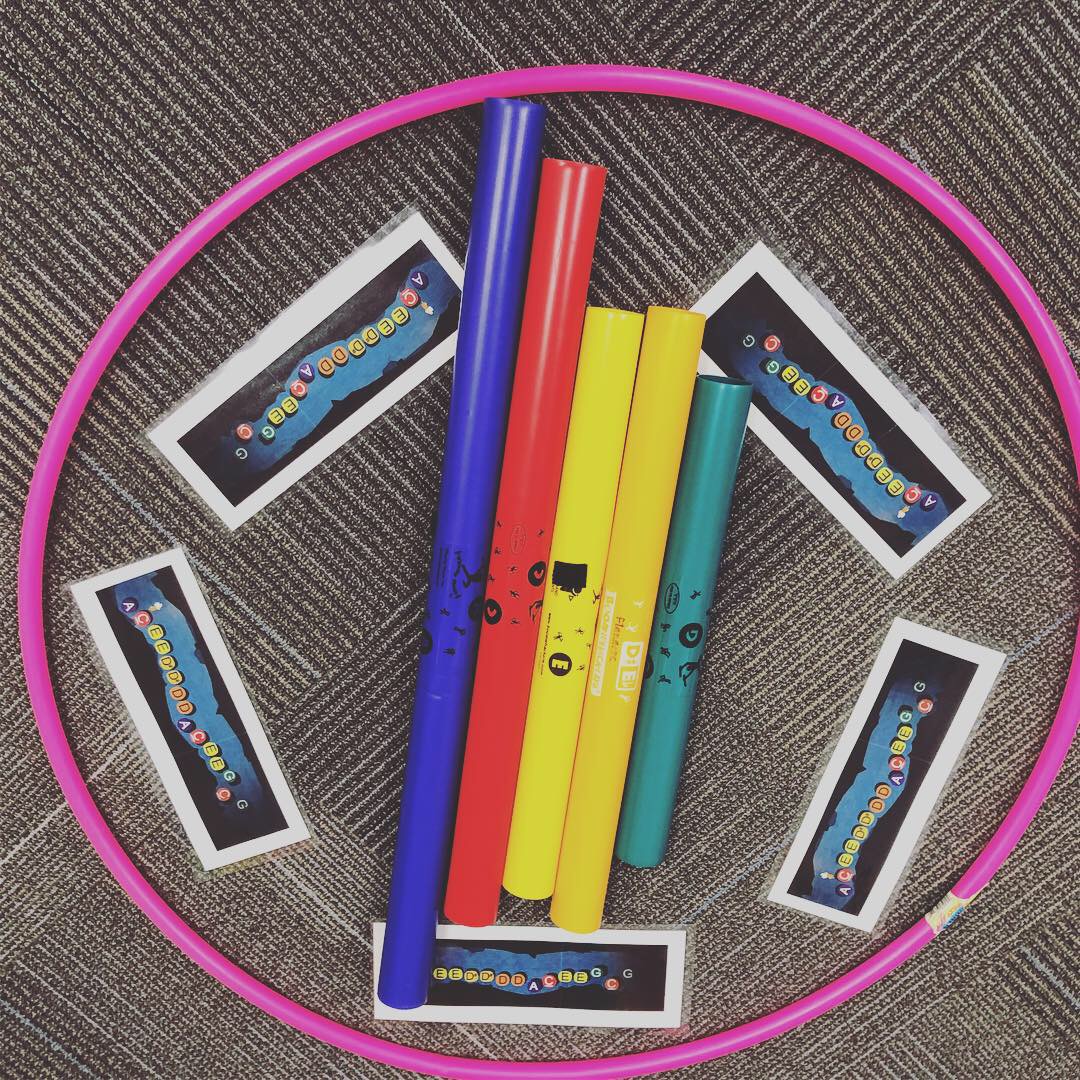
Boomwhackers
Boomwhackers are fun and easy way to explore melodic direction, pitch, and harmony. We often explore Boomwhackers using the Musication Play-A-Long videos on YouTube. I often will screen shot a portion of a melody that supports the learning we’re doing and use it for a music workstation. This photo shows a portion of the melody from “In the Hall of the Mountain King” by Edvard Grieg.
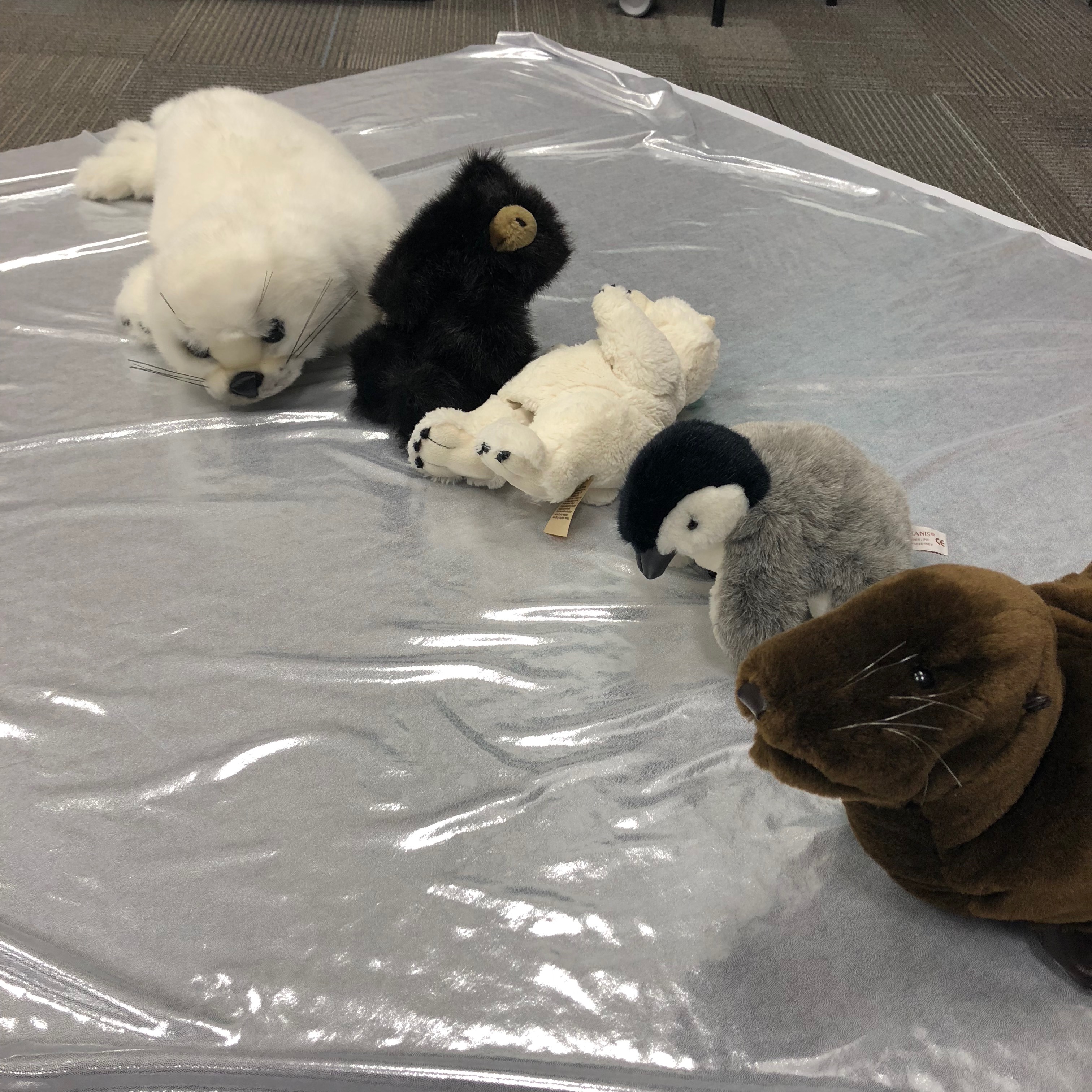
Puppets
Puppets are a great station for lower elementary students. I find that my students are more likely to improvise musically when the focus is off of them personally and puppets are the perfect way to do this! If you follow Feierabend’s work, he refers to this kind of musical play as arioso. My students will sing and chant little songs and stories to one another using the puppets. This is my “winter” puppet scene – I tend to use fabric to define the perimeter of this station (the winter animals are on an iceberg here) to help give the students some ideas to sing about. You can check out some of my favorite puppets on my Amazon Puppet List!

iPads
iPads are always a fun station in the music room! My iPads are set up with grade level folders. Sometimes students get to choose the apps they may explore and other times, I assign specific apps for students to use. My favorite apps for music stations/centers are Tune Train (recently updated to be compatible with the new iOS), Rhythm Cat, Garage Band (great for layering sounds/composition for grade 3-5), Toca Band (great for layering sounds for grades K-2), and for listening – my students love the Carnival of the Animals and Nutcracker apps.

Song Tales and Children’s Stories
If you use children’s literature in your classroom instruction, stations are a great place for students to reread and enjoy the stories you sing in class! Sometimes, the story is simply a song tale I’ve sung at the end of class, while other times, the story is connected to instrument play (e.g. Mortimer or Listen to the Rain). Check out some of my favorite children’s books on my Children’s Literature List on Amazon.

Instrument Exploration
This is sort of an extension to the Children’s Stories post above. There are so many great books that aren’t musical in nature, but can be used to explore musical concepts. The Listening Walk is great for focusing students to listen to the music in nature and their own environments. Marsh Music is another great book that explores the sounds of nature. We use our frog and cricket rasps and faux grasses to recreate musical sounds around us.
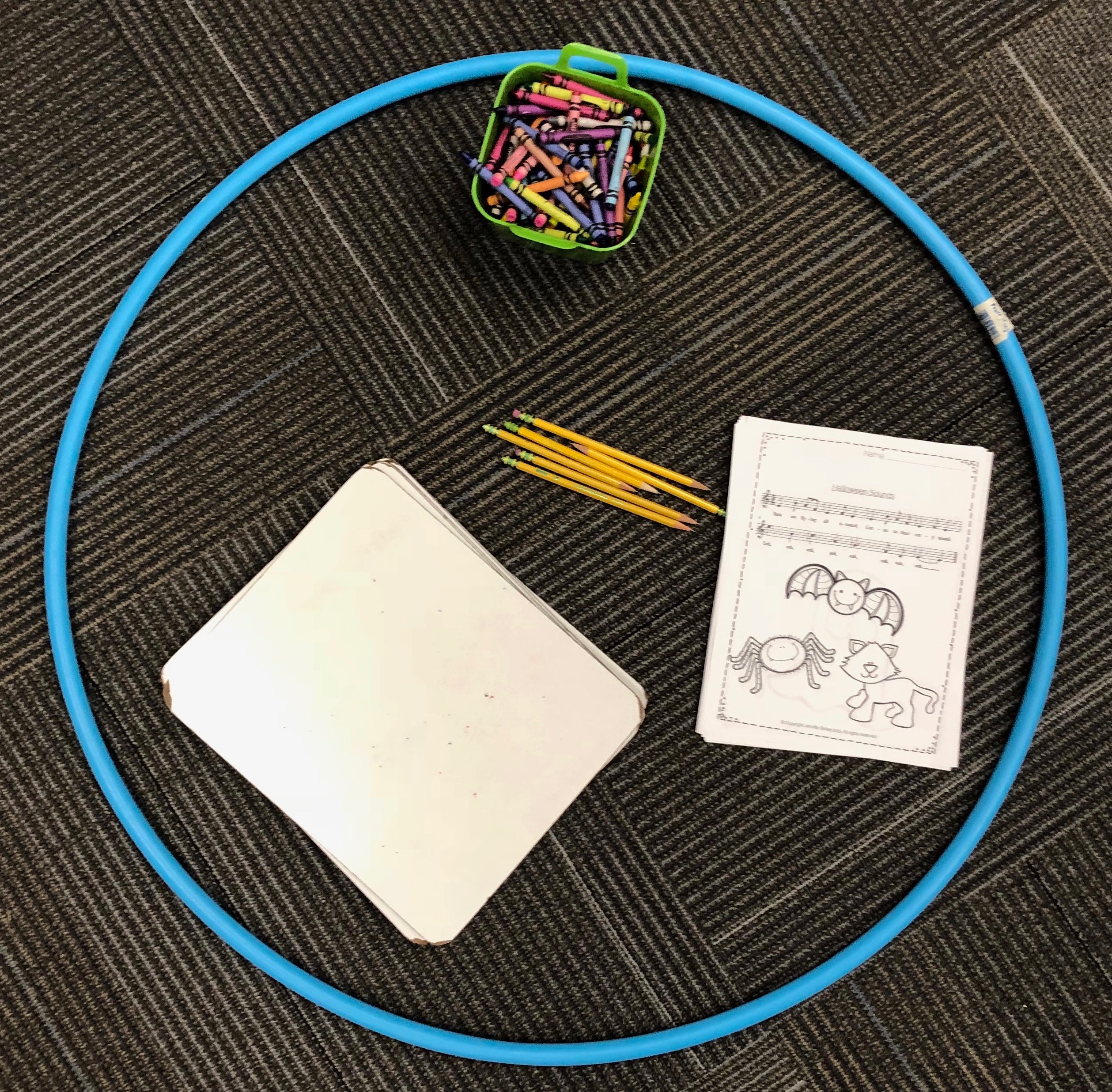
Song Coloring Sheets
For my youngest students, I love using coloring sheets for songs we’ve sung in class. I always include the notation of the song, even if we haven’t learned it yet. To me, it’s like a child looking at a storybook – they may be focused on the images on the page instead of the words, but at some point, they will be curious about the notation too. They’re also a great conversation starter for parents. When the parent pulls the song coloring sheet from their child’s bag, they can ask their child about the song, what they did to the song, what they learned about musically and even ask the child to sing the song to them! It’s a great way to get little ones making music for and with their parents.
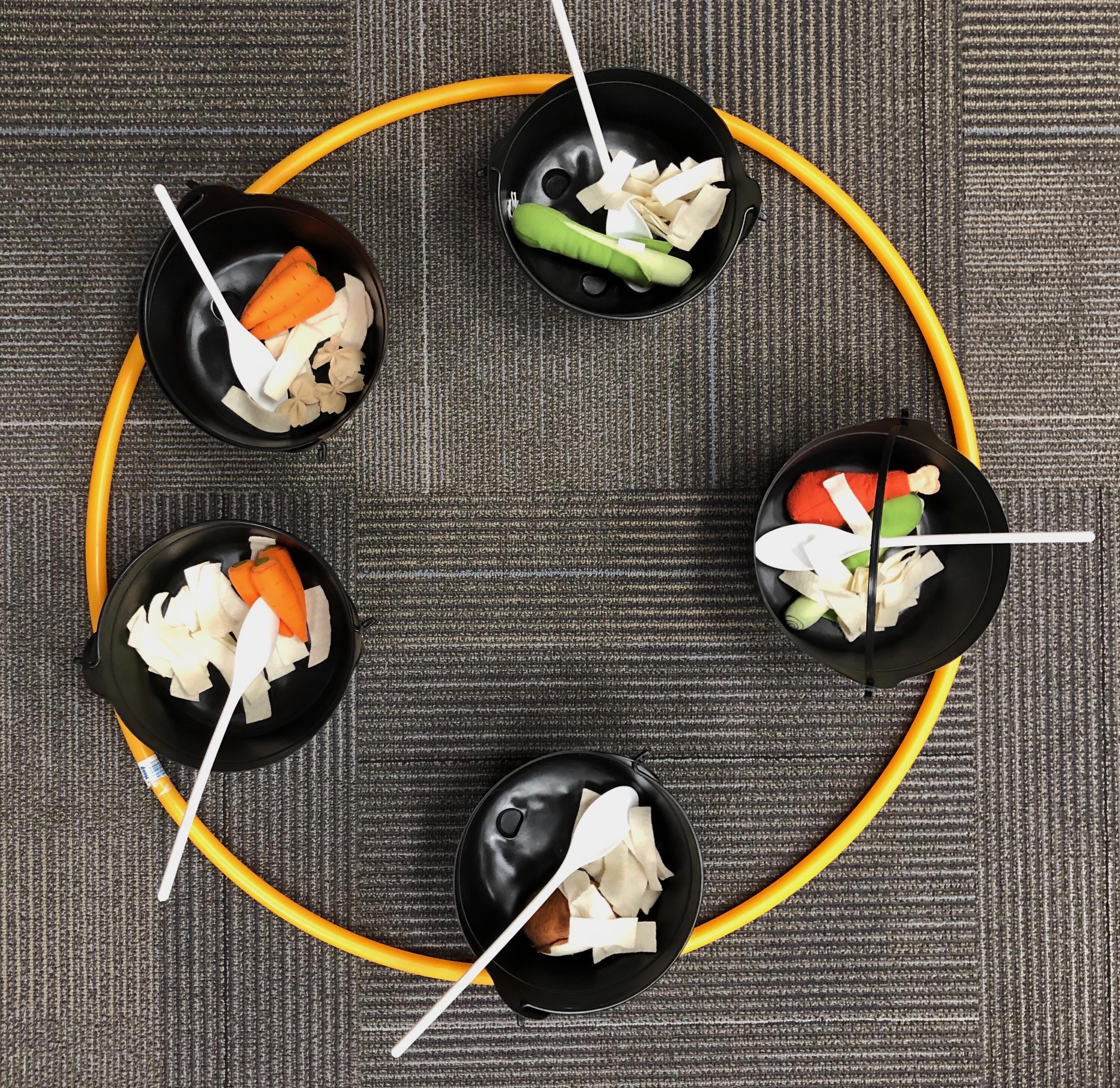
Music/Imaginative Play Stations
Imaginative play stations are another great way to get students singing, chanting, and improvising. The station above is our “soup” station. As a classroom activity, we sang a soup song, added ingredients, chop ingredients, and practiced moving through music. Students love recreating the activities we use in music class on their own. It’s fun to listen to them sing what ingredients they like (or don’t like), who leads the chopping chant, and how they sing as they stir or eat their soup!

Notation Games
There are so many great games for upper elementary students to play during stations! My kids love rhythm games like SWAT (two rhythm cards on the floor, two people each with a fly swatter, a third person reads a rhythm and the first to swat it gets the card. The child with the most cards at the end wins.) . Kaboom is another student favorite (pictured above). Students play in small groups. Each student takes turn pulling out one wood stick from a cup. They read the rhythm pattern on the stick. If they read it correctly, the student keeps it. If they read it incorrectly, another student may steal the rhythm by reading it correctly. If the student pulls a Kaboom stick, all of their rhythms go back into the cup. Depending on your room set up, I also use a variety of interactive rhythm games on computers (iMacs or Chromebooks) using PowerPoint or Google Classroom.

Rhythm Puzzles
Rhythm Puzzles are another great way to get students interacting with notation! With lower elementary students, I use Nursery Rhymes cards with the rhythm of each phrase on the card. They sequence the nursery rhyme cards and practice reading the rhythms. Pictured above, my students are piecing together their own complementary drum ensemble pieces using rhythm cards (link to resource here). I love seeing how their thinking in action, conversations about what rhythms work (or don’t work) and why.

Instrument Stations
Instrument stations can be a bit tricky for one reason only – the noise level! My students LOVE when I let them use instruments, but often, it has to be done in a controlled setting! Instead of using our xylophones and metallophones, we use our octave tone bell sets. We also flip our mallets for quiet practice (as shown in photo). If I’m using floor toms or drums, we cover the heads in heavy felt or stuff pillow under them to mute the sound. Using instruments in centers isn’t an impossible feat, but it certainly takes some time, thought, and planning!

Music Games
There are so many great music games out there to use during music workstations or center days! Pictured above is one of my favorites games – Guess Who by my friend Chrissy Hutzel from Hutzel House of Music. Students play with a partner. Each student chooses an instrument on the right hand size. Then they ask their partner questions about the instruments to eliminate options until they logically guess the correct instrument. Students can ask “is your instrument part of the woodwind family?” “Does it use a mouthpiece? A bow?” My students love playing this game! There are so many great game ideas – from Break the Ice (see Shelley Tomich’s blog Pitch Publications) to Music Twister to use in your room!
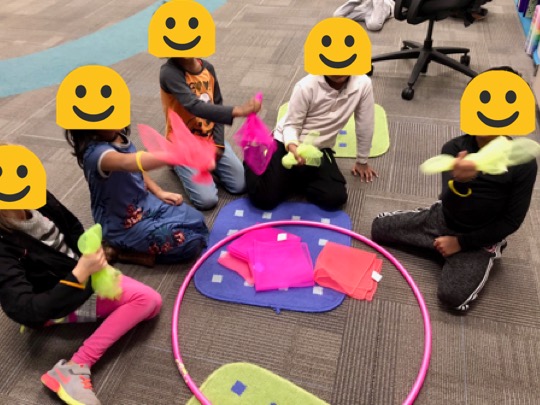
Movement Stations
I use so many different movement props in my classroom – everything from scarves to streamers to bean bags to parachutes. I love to encourage my students to move through and to music. Movement stations are a great way for students to practice moving and coordinating their bodies to music. I always leave enough props for two per student – one for each hand. I also have a 6′ parachute that is perfect for small group play!
I could go on for hours about all the different ways I use music workstations or centers in my classroom. Need more ideas or inspiration? Check out my Music Centers Freebie on TeachersPayTeachers!
Do you have a favorite station or center I didn’t mention? Leave me a comment below!



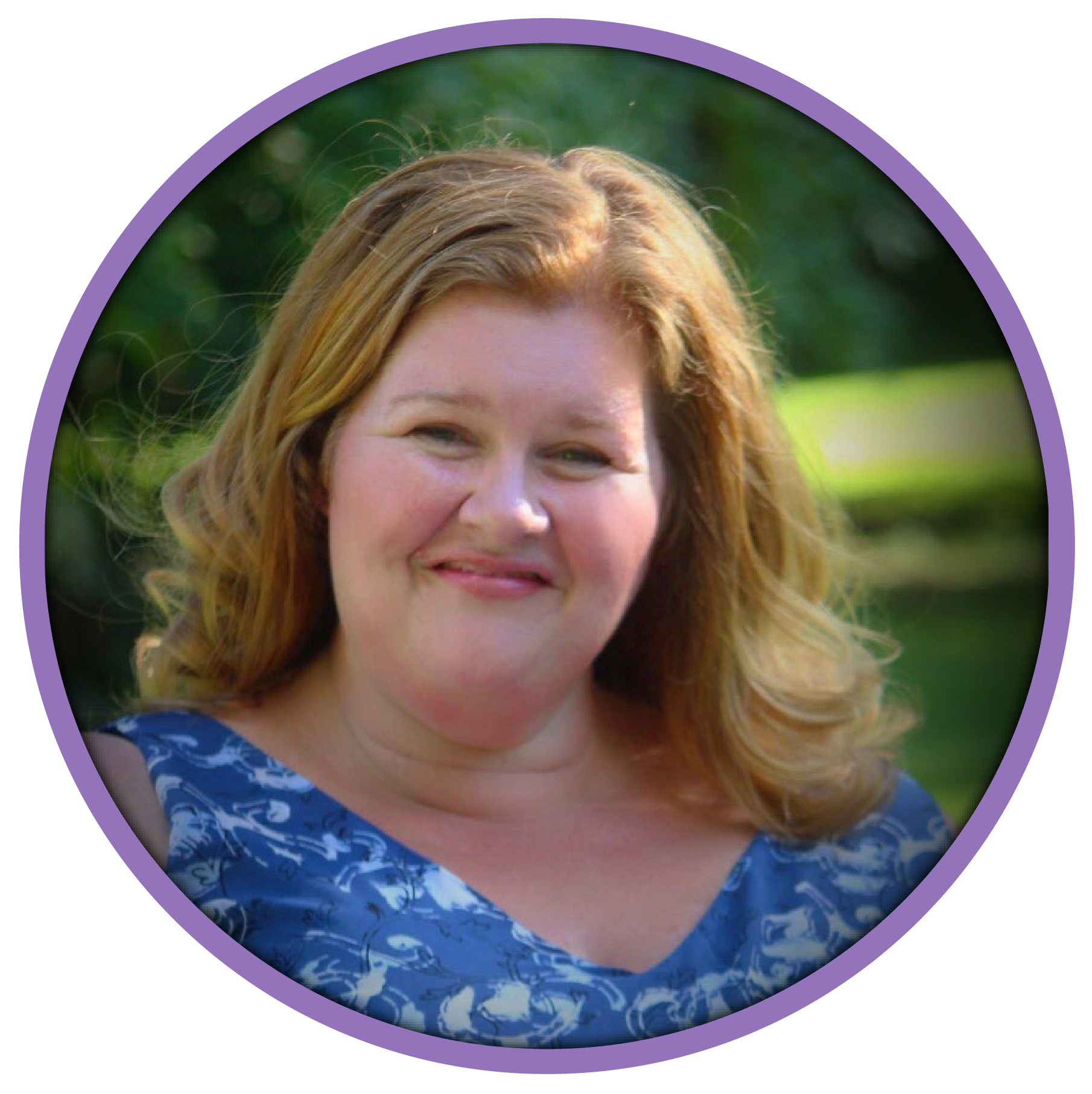
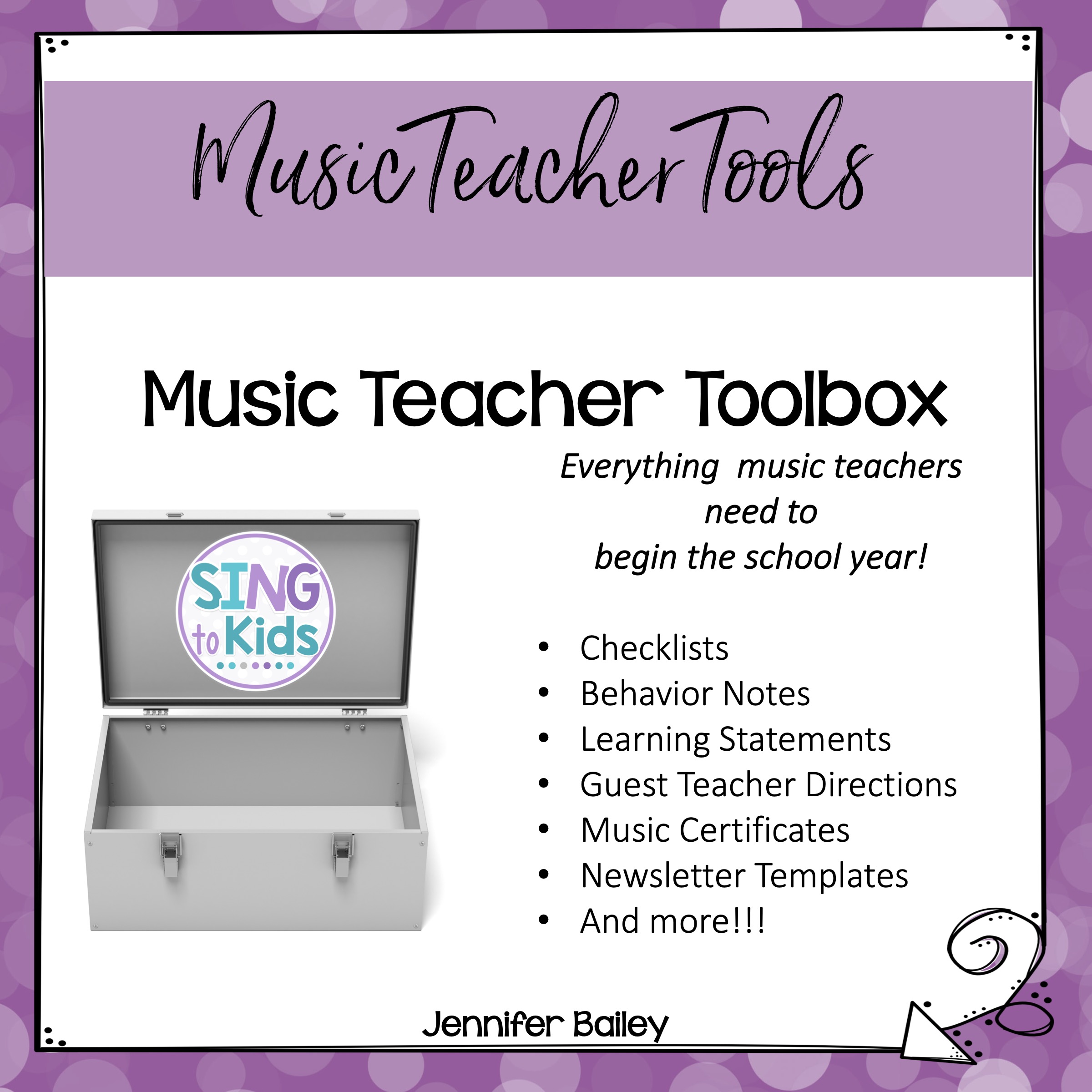

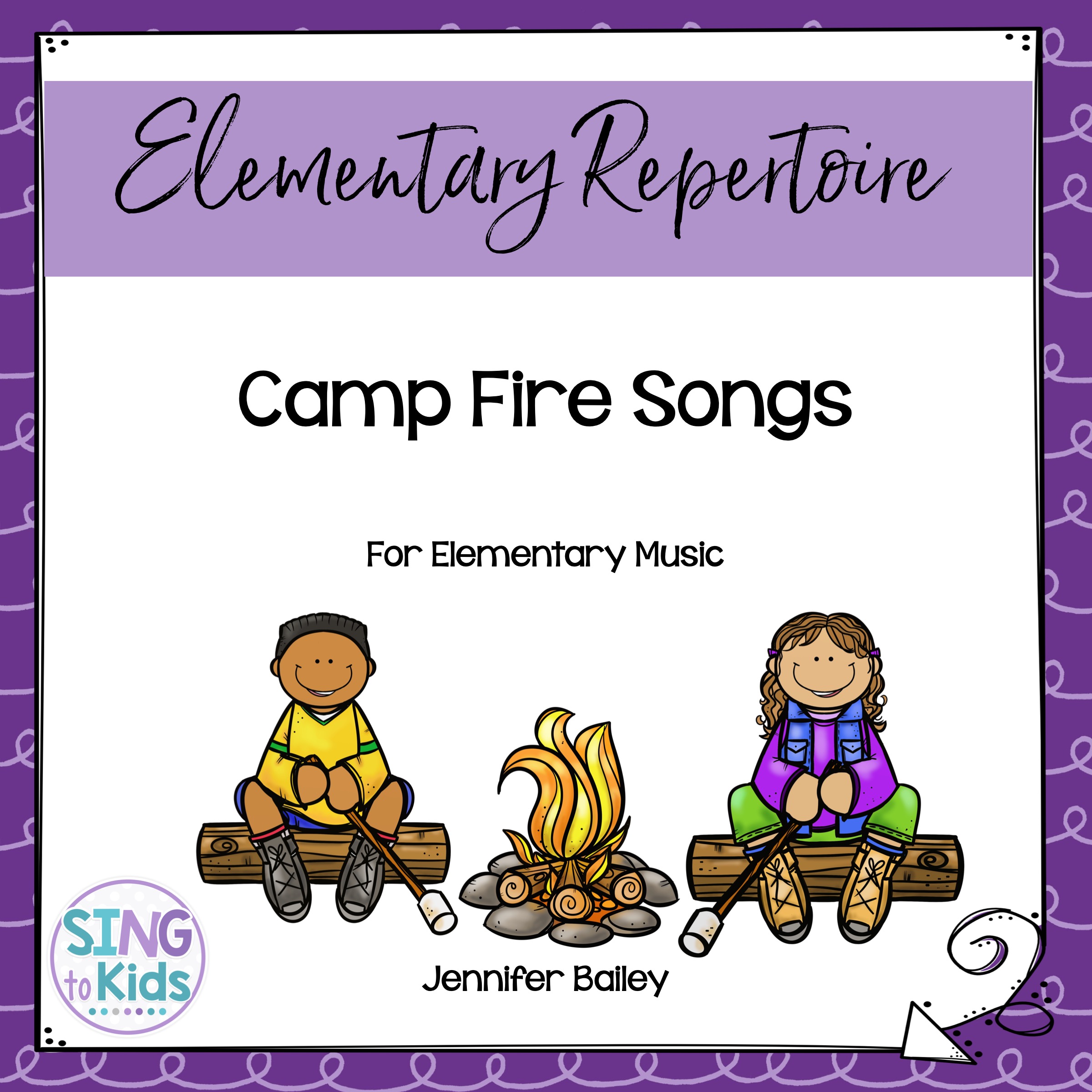
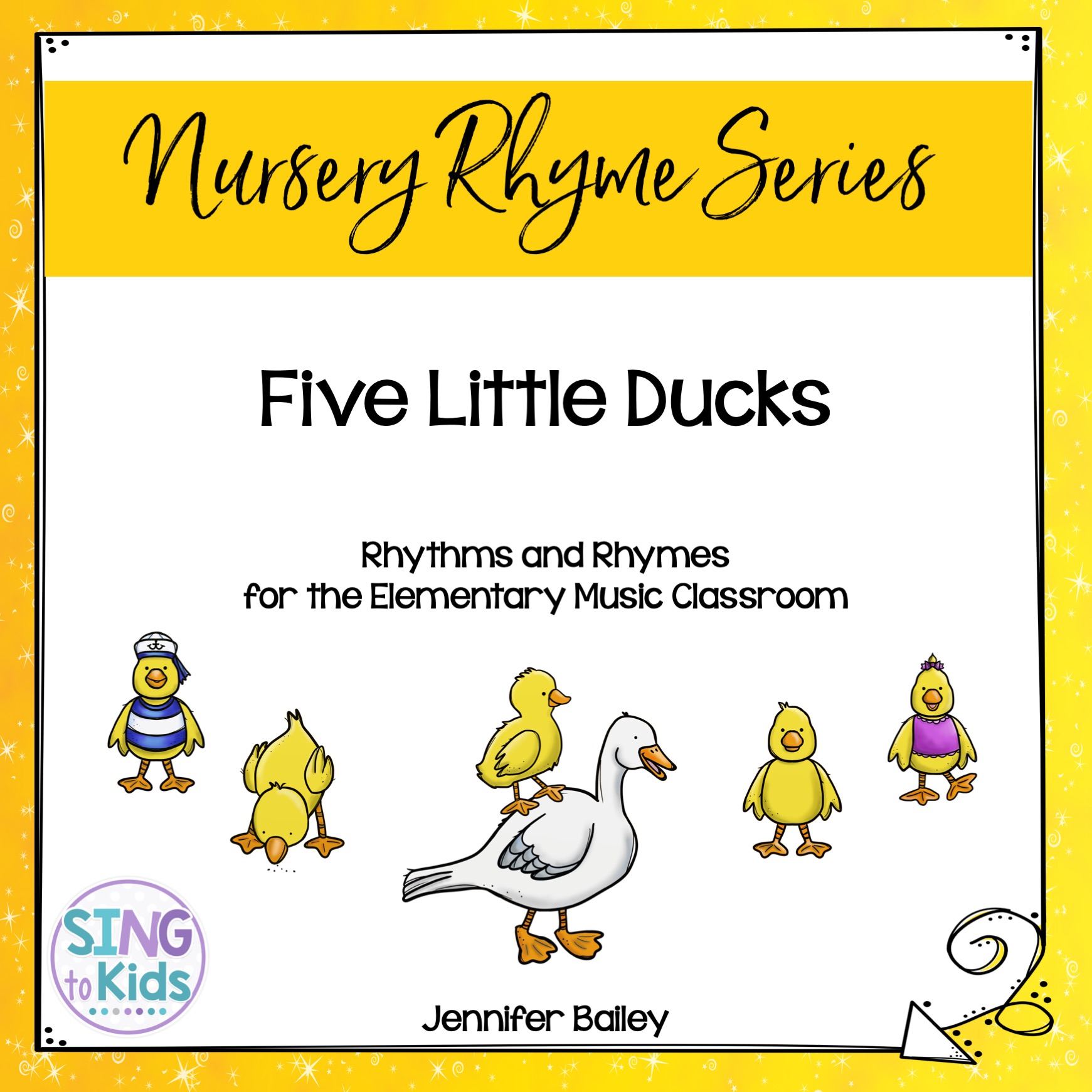
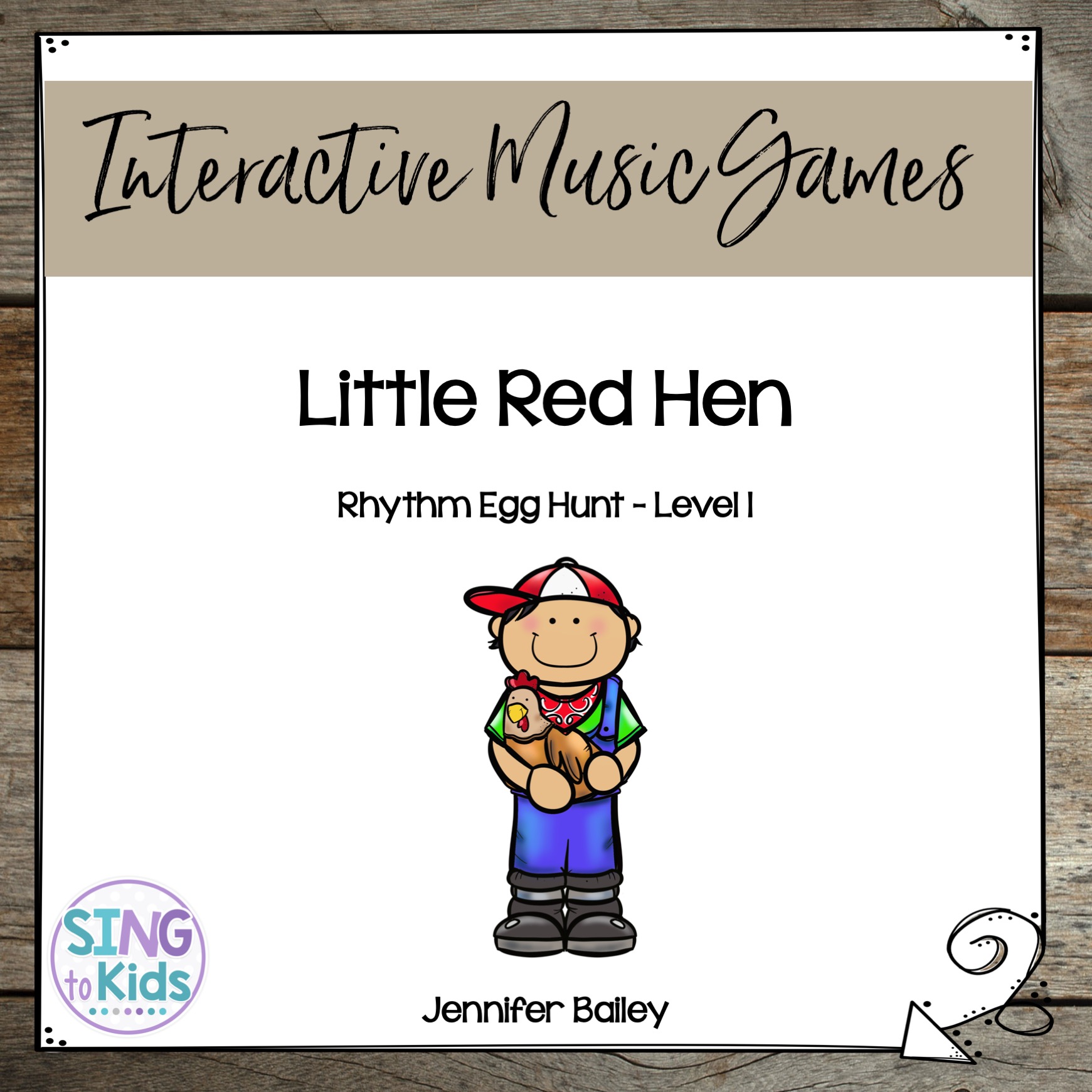
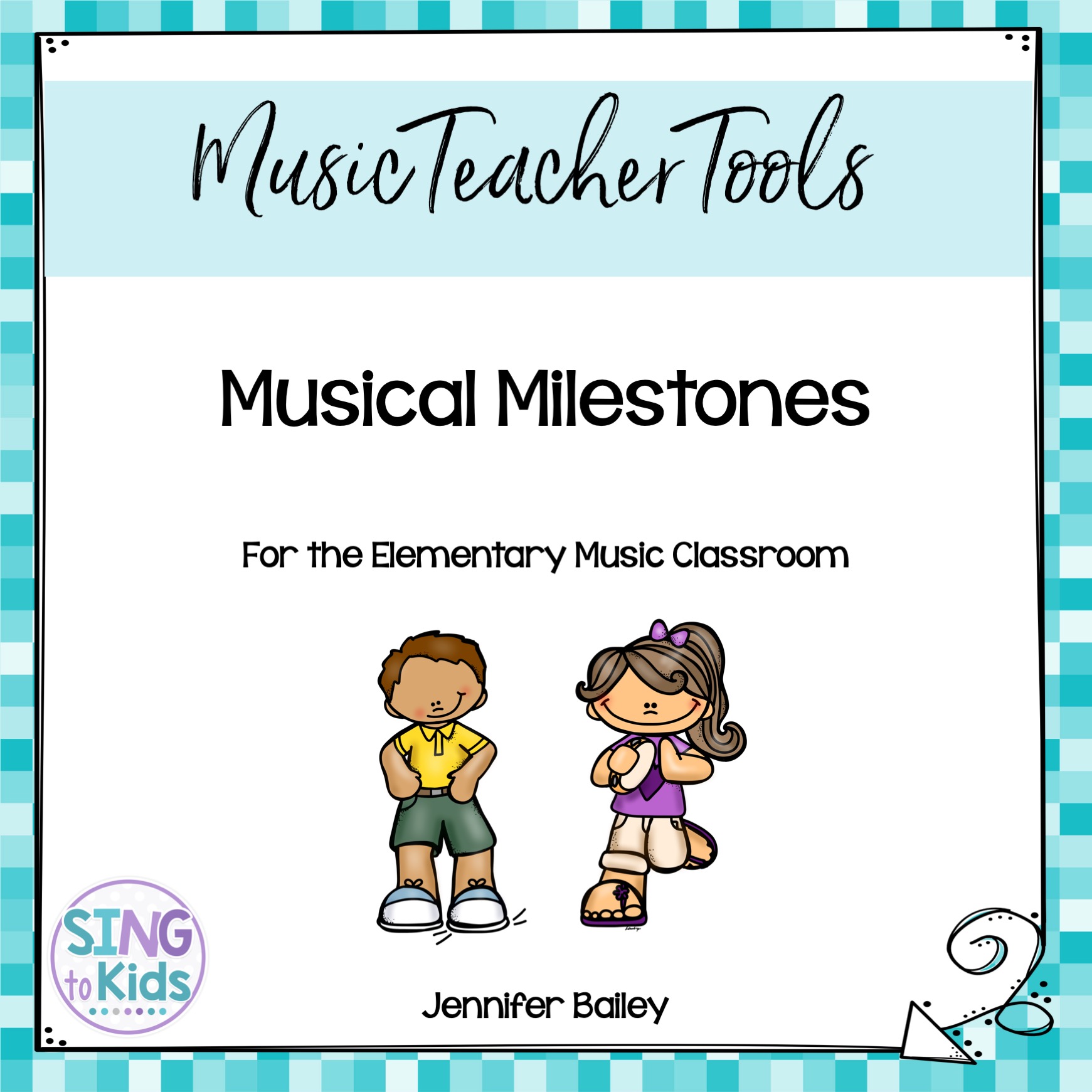
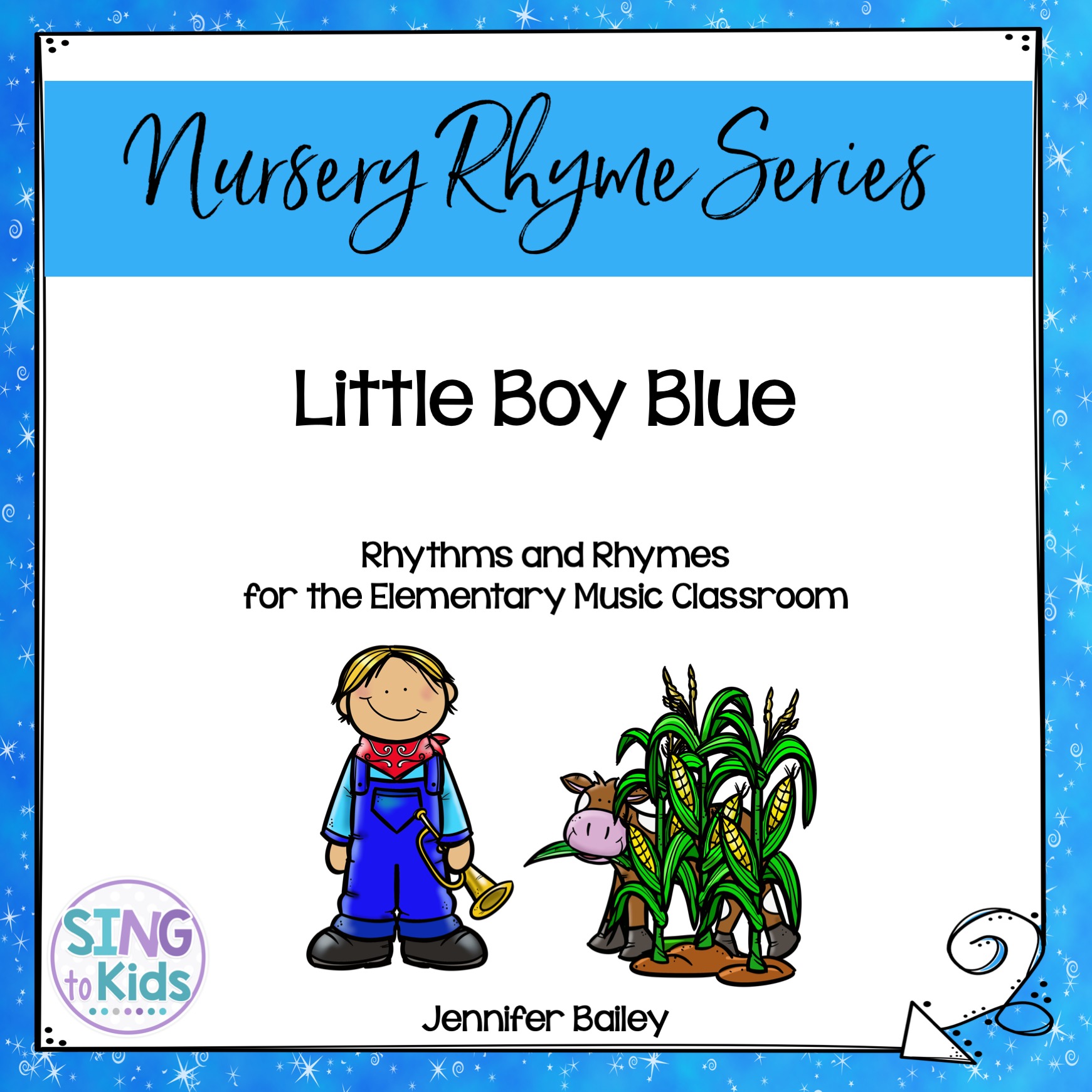
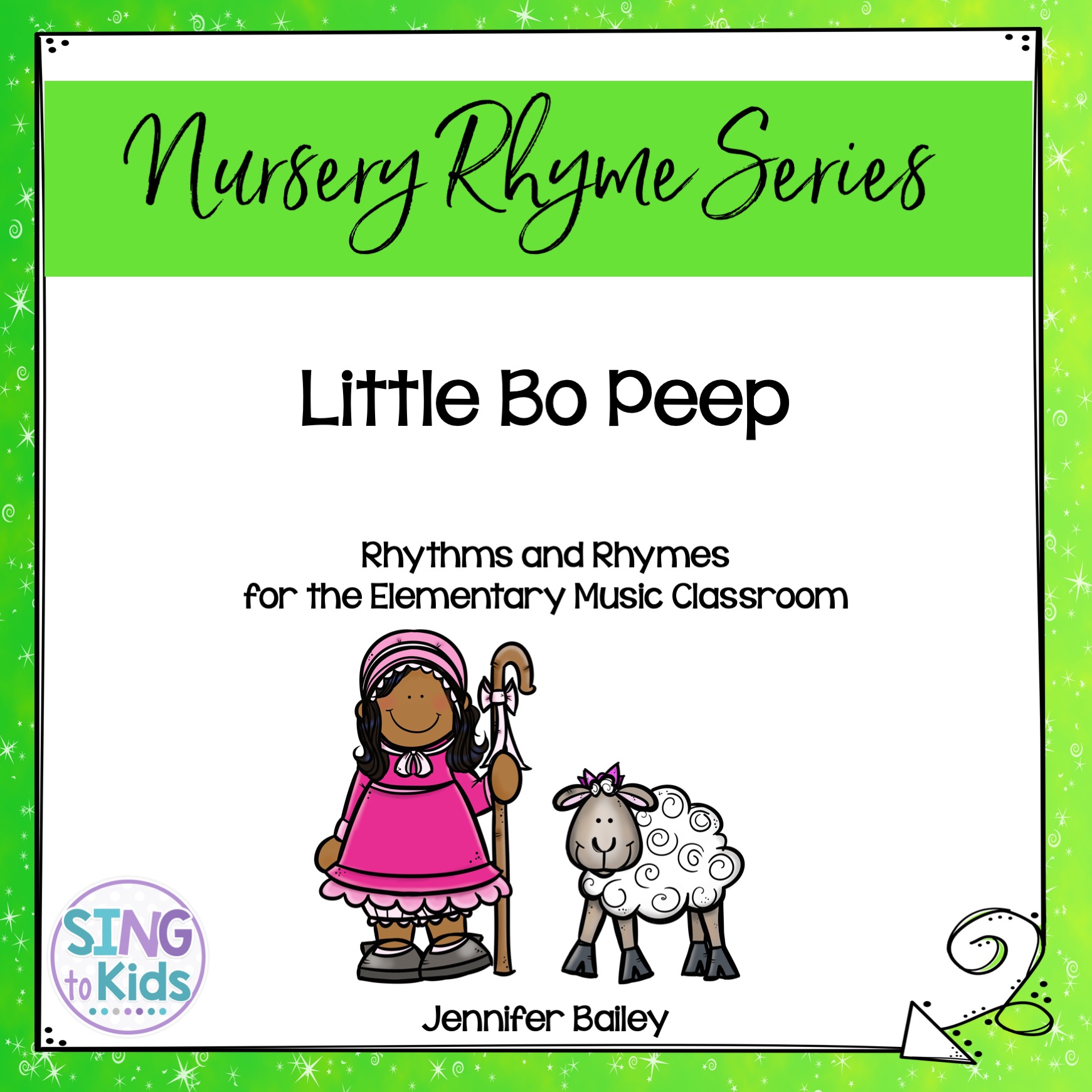
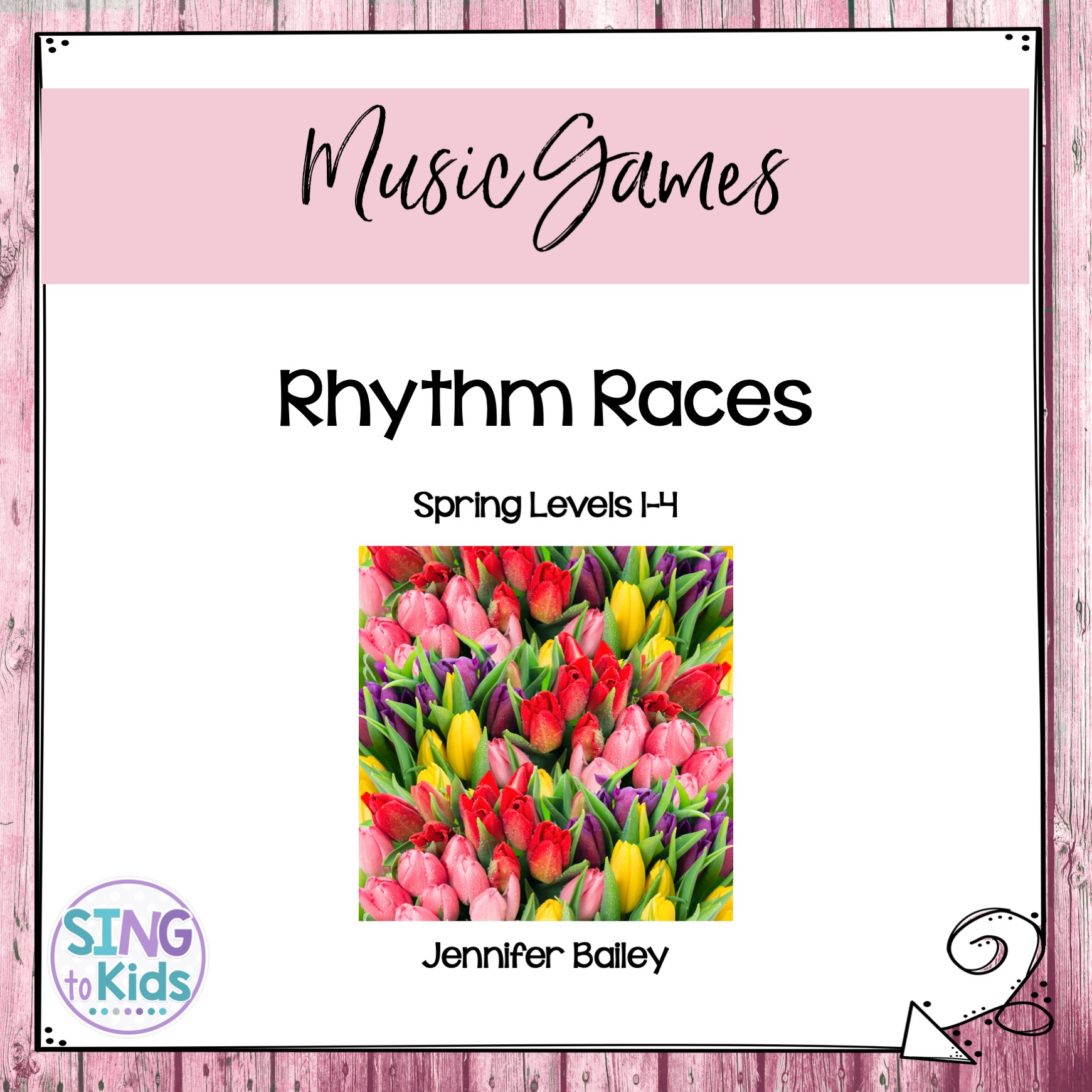
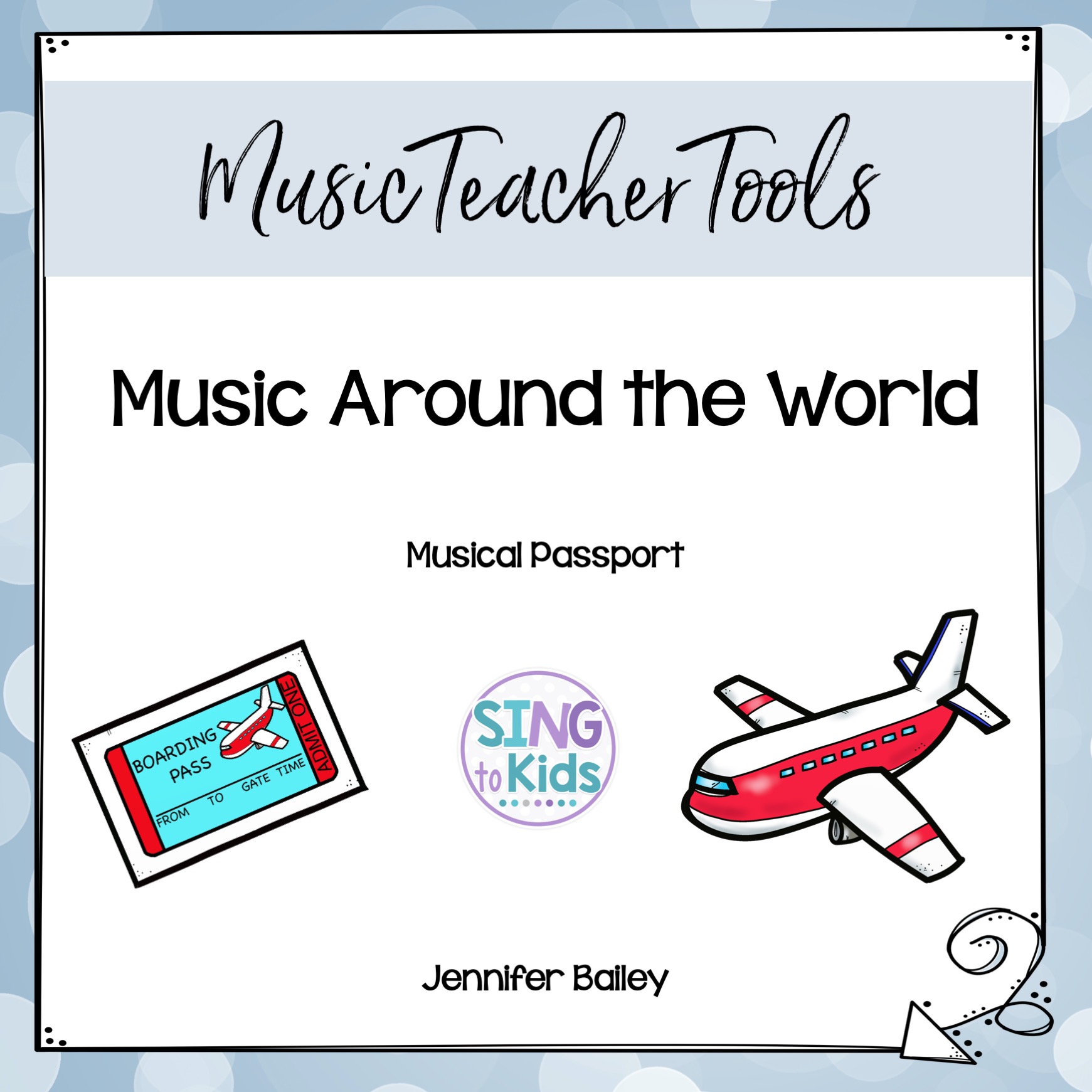
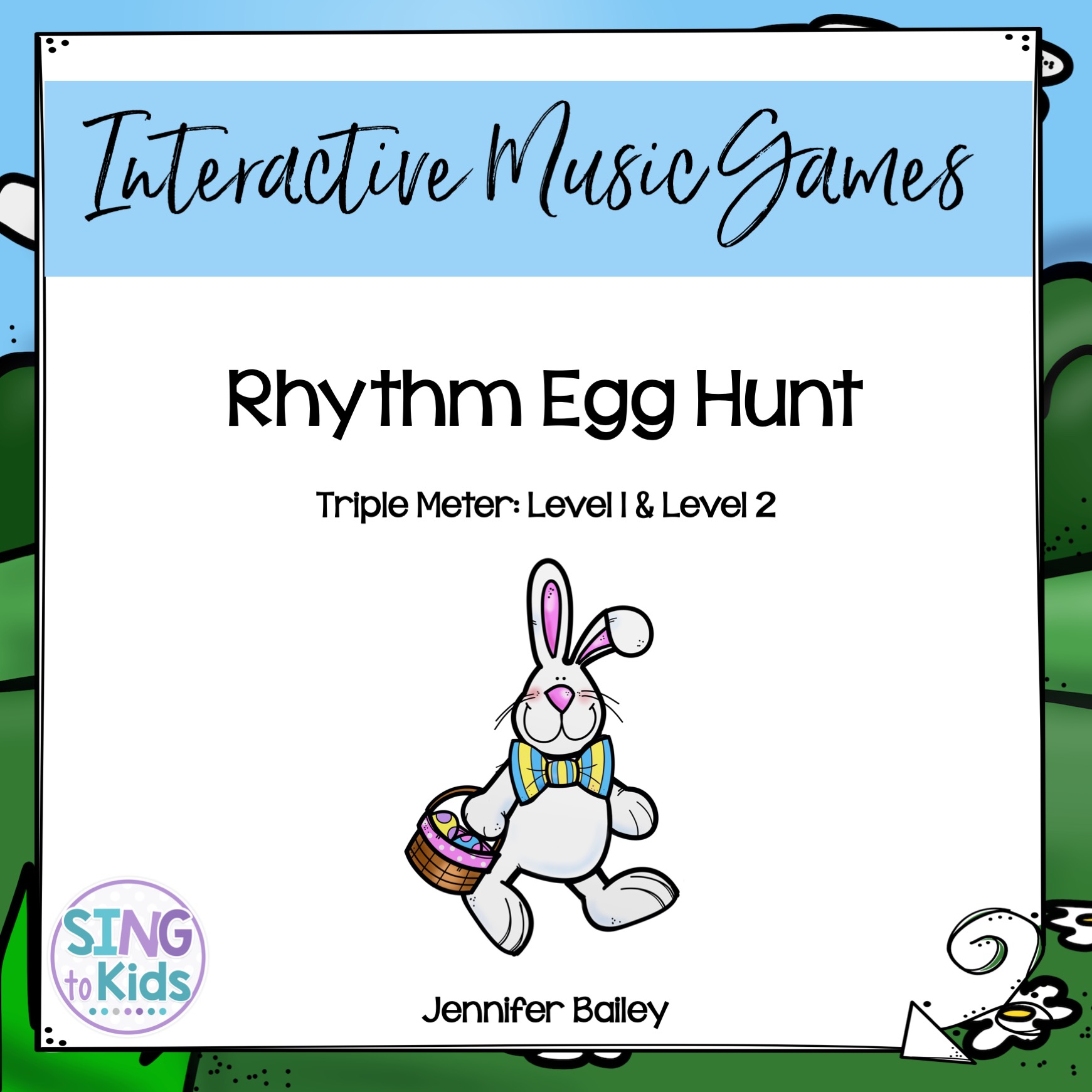
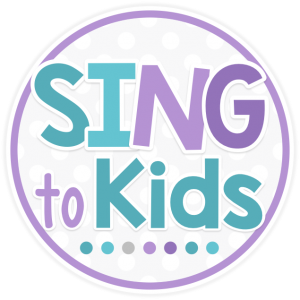

My district uses Kagan Structures and it works well for music too. The only downside is that not all of them are independently running stations but some of them like Quiz Quiz trade, Rally Coach, Round Robin or Rally Robin are great for centers. Great for building the social skills needed for working together and holding each other accountable to the work as well.
Love these ideas! I use many of them myself, but I love the idea of using Firestix for steady beat and taking a screenshot of Musication for boomwhackers is genius! I feel silly for spending so much time drawing out colored dots for students to play with when I could have been doing this all along… Thank you for sharing!
Thank you for the great ideas! Where can I find the “how to hold your mallets” info sheet that you tape or sticky dot into the bell/xylo cases? Would love to get that. Shows the hands, etc. I think you mentioned it on Instagram, but I can’t find it! Thank you!
Hey Jennifer,
I always turn to you and you send me a wealth of ideas! Just curious, how long do you have students spend at each center? Does every student do every center during one class period or do you stretch it out? How do you handle that?
Logistical gratitude!
Rachel
You mentioned puppets for the younger kids…. I have had my 4-5th graders playing with puppets and it is amazing how much they love them and use their creativity. Especially the boys. Loving it!!!! Your ideas are amazing.
I love these centers. Could you elaborate more on your movement stations? Do you have them play music on an ipad? How much guidance is given?
Where did you get these rainbow glocks?
Hi Maribel! These are the Basic Beat Resonator Bell Sets from West Music. I love that they have their own little cases and you can use the entire set, or just the pitches needed! You can find them here: https://www.westmusic.com/basic-beat-bbr8-8-note-resonator-bells-w-case-200240